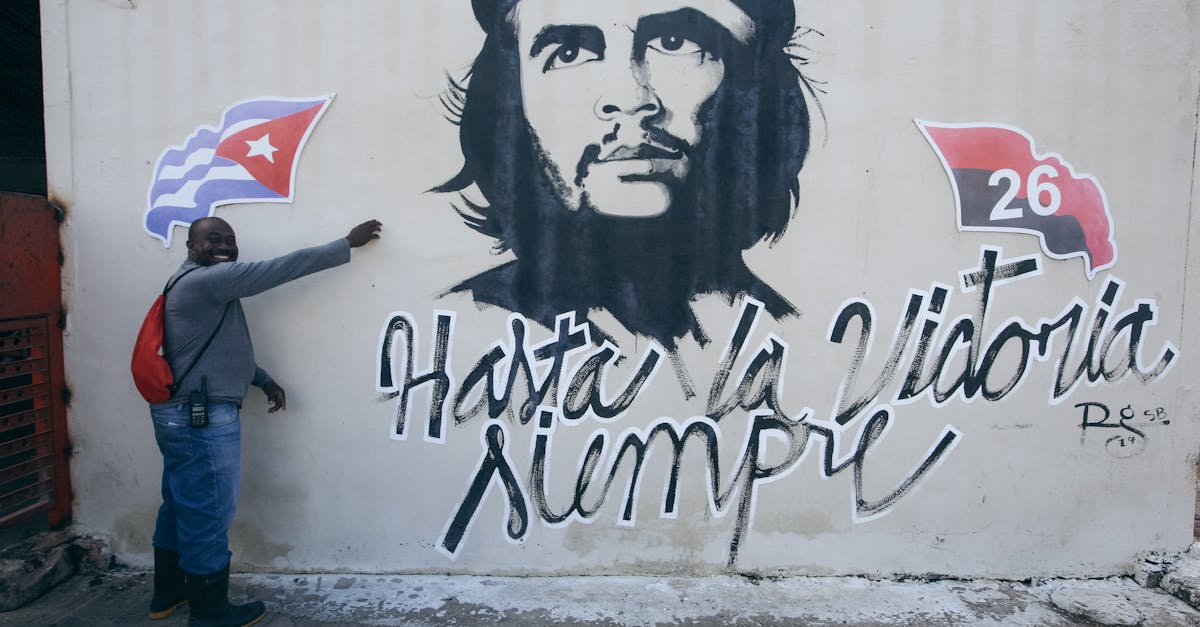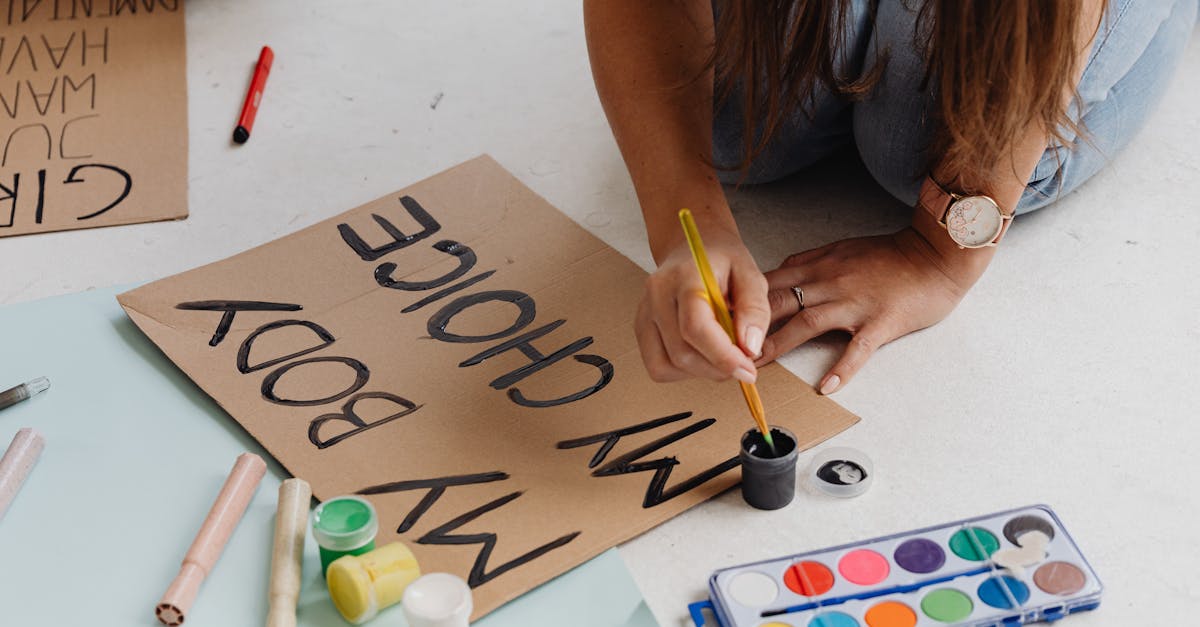When Art Meets Activism The Power Of Protest
Introduction
Art has always been more than just a medium of aesthetic pleasure. It holds the power to provoke thought, inspire change, and challenge societal norms. In recent years, the convergence of art and activism has become increasingly prevalent, forming a potent tool for protest and social justice. Creatives across the globe utilize their artistic talents to voice dissent, raise awareness, and mobilize communities. This fusion of expression and activism is not a novel concept; historical movements have long leveraged art to ignite change. Today, in an age of digital connectivity, art as activism continues to evolve, adapting to contemporary issues while retaining its enduring influence.
Advertisement
The Historical Roots of Art and Activism
Historically, art has played a crucial role in propelling social change and raising consciousness about pressing issues. In the early 20th century, the Dadaist movement emerged, using abstract and satirical art to challenge the political and cultural status quo. Similarly, Mexican muralists like Diego Rivera painted grand frescoes depicting the struggles of the working class. These efforts to merge artistry with advocacy laid the foundation for what we now understand as art activism. Across decades, art forms such as posters, music, and literature became pivotal in civil rights movements, using creativity to galvanize public opinion and highlight injustices.
Advertisement
Modern Art as a Vehicle for Protest
In today's socio-political climate, contemporary artists are increasingly turning to their canvases, films, and performances to confront social inequalities. Banksy, an anonymous street artist, utilizes satire and iconic imagery to comment on global events, from political corruption to environmental issues. Similarly, street art movements like Black Lives Matter murals have sprung up, vividly expressing community solidarity and resistance. The digital age has expanded the reach of such creative expressions, enabling artists to share their works globally at an unprecedented speed, making art an accessible tool for social change.
Advertisement
Music as a Catalyst for Change
Music has always been a unifying force, transcending language and cultural barriers to create an emotional connection with its audience. Throughout history, protest songs have emerged as powerful symbols of resistance. Folk musicians like Bob Dylan and Joan Baez penned anthems that gave voice to the American civil rights movement. In more recent times, artists such as Beyoncé and Childish Gambino have used their musical platforms to address racism and inequality, reaching millions with their message. This auditory form of activism continues to drive social discourse and inspire action worldwide.
Advertisement
Performance Art and Activism
Performance artists harness the power of live expression to draw attention to societal issues and engage audiences in critical conversations. Theatre groups like the Bread and Puppet Theatre employ large-scale puppets to critique socio-political systems and advocate for grassroots change. Performance artist Marina Abramović challenges viewers through her work to reflect on themes of freedom and violence. Such performances blur the lines between spectator and participant, offering transformative experiences that prompt audiences to question the world around them.
Advertisement
Art in the Digital Era
The rise of social media and digital platforms has transformed the landscape of art activism, offering artists new avenues to disseminate their messages far and wide. Hashtags like #MeToo and #IceBucketChallenge demonstrate how viral campaigns harness digital art and storytelling to tackle issues such as sexual harassment and neurodegenerative diseases. Memes, digital illustrations, and viral videos serve as accessible points for individuals worldwide to engage in activist discourse. The digital revolution presents endless possibilities for artists to innovate and amplify their causes.
Advertisement
Challenges Faced by Art Activism
Despite its potential, art activism encounters challenges that can hinder its impact and outreach. The risk of censorship, especially in authoritarian regimes, poses significant obstacles for artists attempting to convey controversial messages. Moreover, the commercialization of activist art risks diluting its effectiveness, reducing powerful messages to mere trendy commodities. These challenges necessitate careful negotiation, ensuring the art's authenticity and purpose are preserved. Artists must balance their creative expression with the potential repercussions, striving to maintain cultural integrity and social impact.
Advertisement
The Influence of Art Education
Art education plays an instrumental role in nurturing future generations of socially conscious artists. By integrating discussions on social justice, ethics, and active citizenship, educational institutions equip young creatives with the tools necessary to engage in art activism. Programs that encourage critical thinking and advocacy benefit not only students but also the broader society, as they lead to well-informed individuals capable of using art to address societal issues. Supporting art education is crucial in fostering a culture where art and activism intersect meaningfully.
Advertisement
The Road Ahead for Art Activism
Looking forward, the potency of art as a tool for protest continues to hold promise for inspiring change across global communities. As societal issues grow increasingly complex, the need for innovative and impactful avenues of expression will persist. Collaborative partnerships between artists, activists, and communities can amplify their collective power. The continued support of art activism through funding, education, and exposure is essential for its enduring influence. Art’s ability to encapsulate the human experience ensures its perpetual relevance in the fight for social justice.
Advertisement
Conclusion
Art and activism together form a powerful alliance capable of inciting change and challenging the status quo. By harnessing creativity, artists worldwide contribute to global conversations on inequality, justice, and freedom. This fusion, whether through visual art, music, or digital media, engages hearts and minds, bridging cultural divides and promoting solidarity. As society evolves, so too will the tools and methods of art activism, adapting to the needs of future generations. Embracing this dynamic intersection will ensure that art remains a vibrant and essential medium for protest and advocacy.
Advertisement
